Boone Hall Plantation, A Must Visit
August 12, 2018
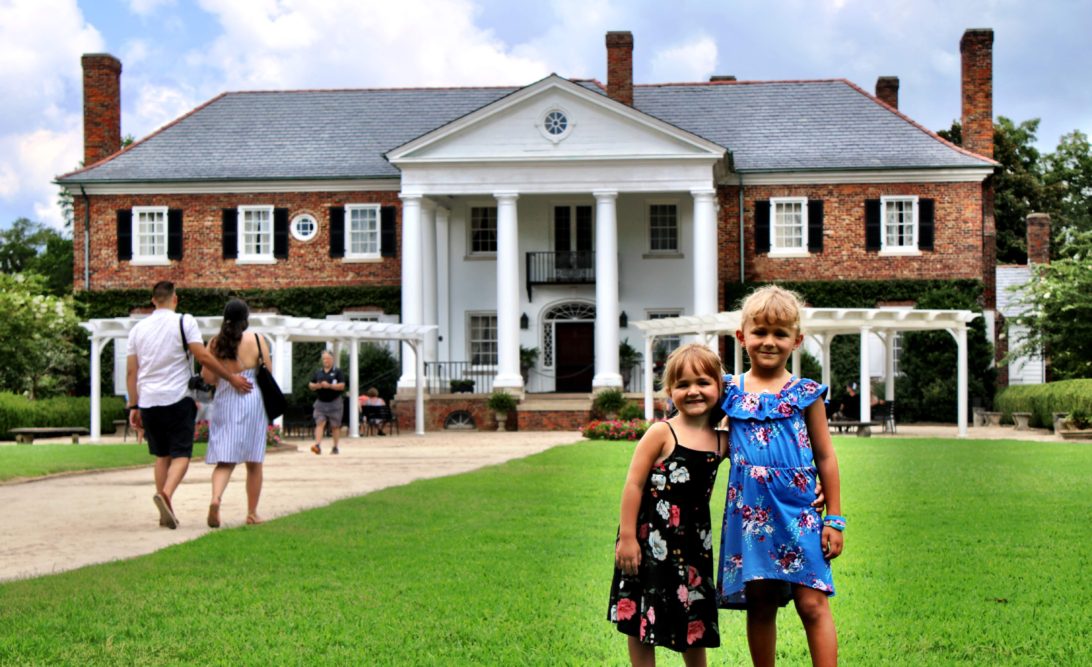
Our local Mount Pleasant plantation, Boone Hall Plantation, is one of our favorite spots to take our family and friends whenever they visit. It provides an intimate look into life in the lowcountry dating back to the 1600s, the lives of the slaves that worked the plantation, and a look at the beautiful plantation home that sits upon its property.
SC Plantations
The south is full of
South Carolina has
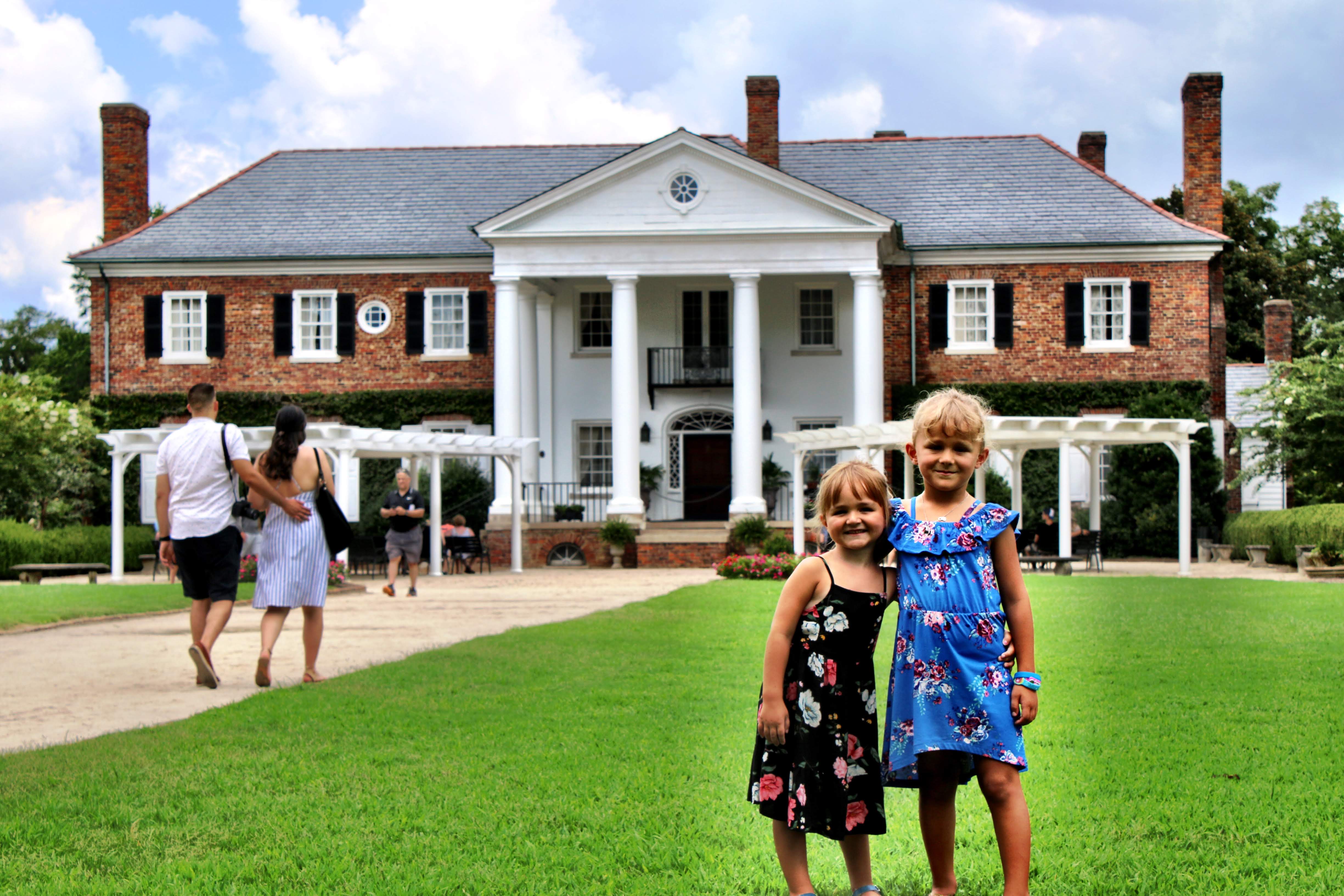
Boone Hall Plantation Tour & Gardens
Boone Hall Plantation today spans 738 acres that include seasonal crop fields, naturally preserved wetlands, creeks, ponds, Pick-your-own farms & seasonal festivals!!! The most notable natural feature of the grounds is the grand “Avenue of Oaks” that was first planted in 1743 by Thomas Boone, son John Boone & Elizabeth Patey. Today, 86 of the original 88 Oaks remain.
Historically, Boone Hall was not what it is today. The land was provided as a dowry by Elizabeth Patey’s father of 470 acres. The Boone’s, utilizing crops of mainly cotton & indigo (which ceased with the Revolutionary War) and growing their land to thousands of acres. Over the centuries it was sold to many families including the Horlbecks and the crops changed due to the boll weevil to bricks (which most of the bricks in downtown Charleston were derived from) and even pecans. It is believed that the bricks were the winter work for the slaves and numbered nearly 300 per slave per day!
By the 1930s, a Canadian Diplomat, Thomas Stone, purchased the home as a getaway for his family. He is responsible for building the home that we see today, spanning 10,000 square feet. However, with WW2, he returned to Canada to serve in the military. Mr. Stone sold the property to the McRae family who owns it today and
The home has been open to the public since 1956. It can be found in many movies such as Gone With The Wind, The Notebook & Patrick Swayze’s North & South which draws thousands of tourists and locals to it yearly.
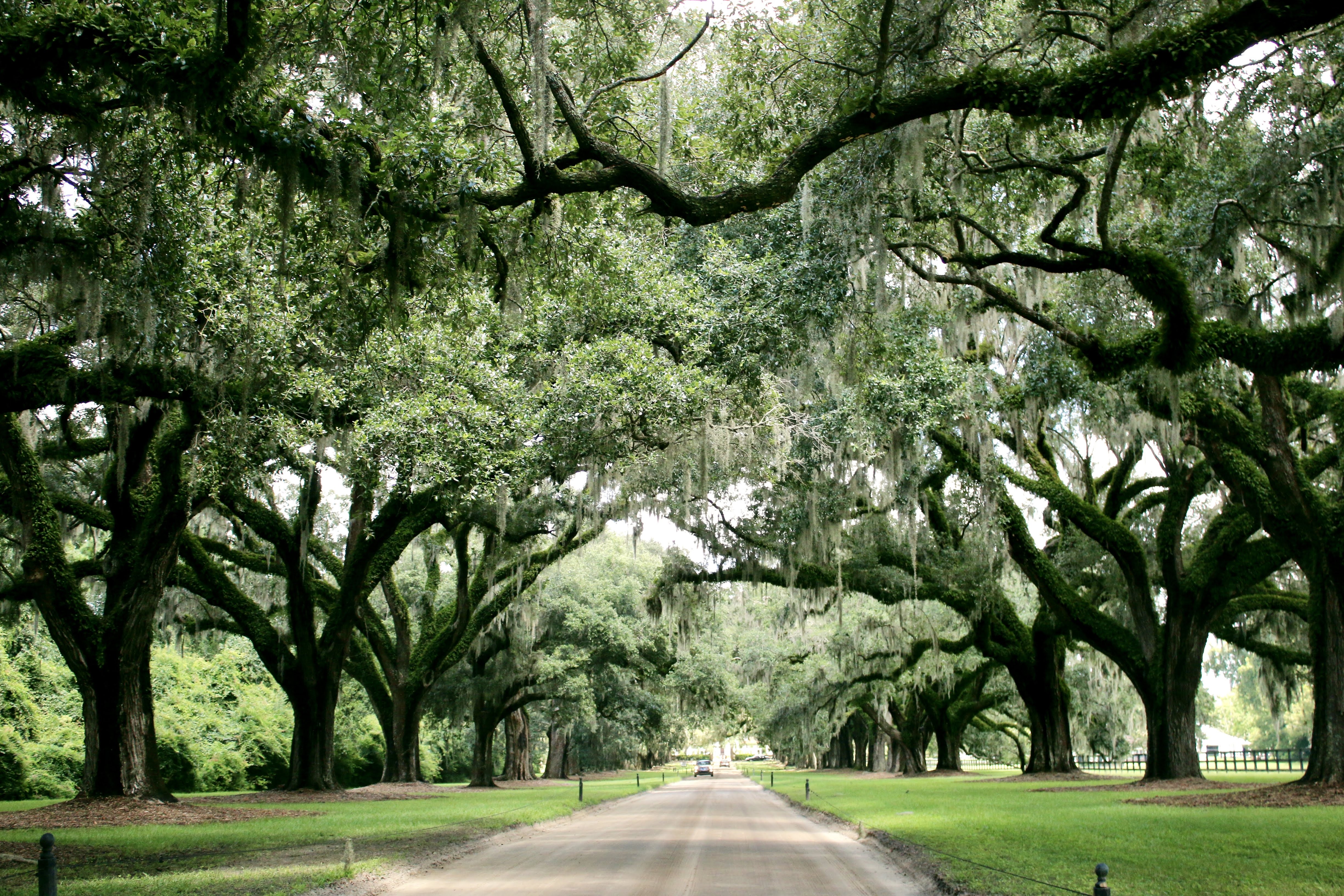
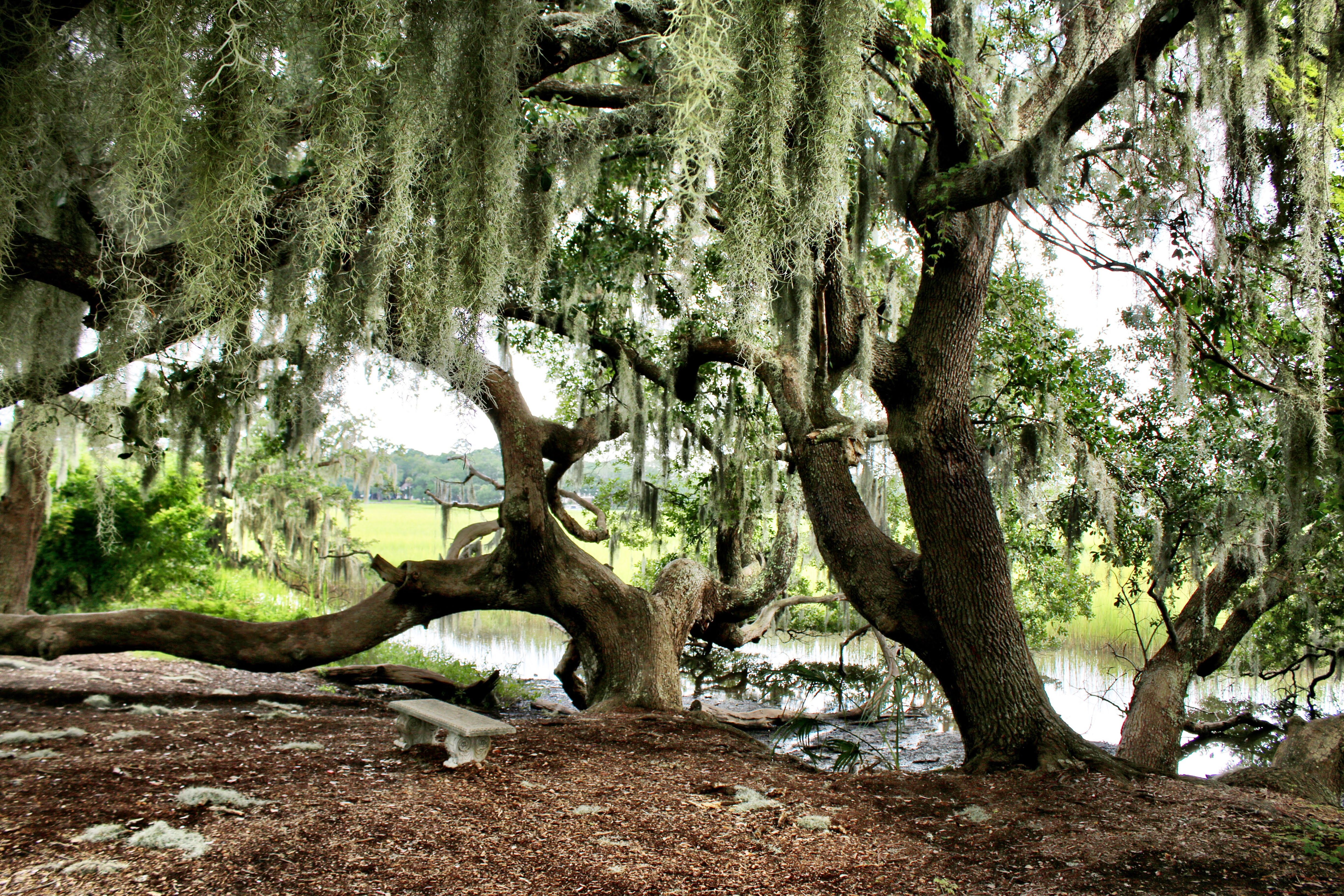
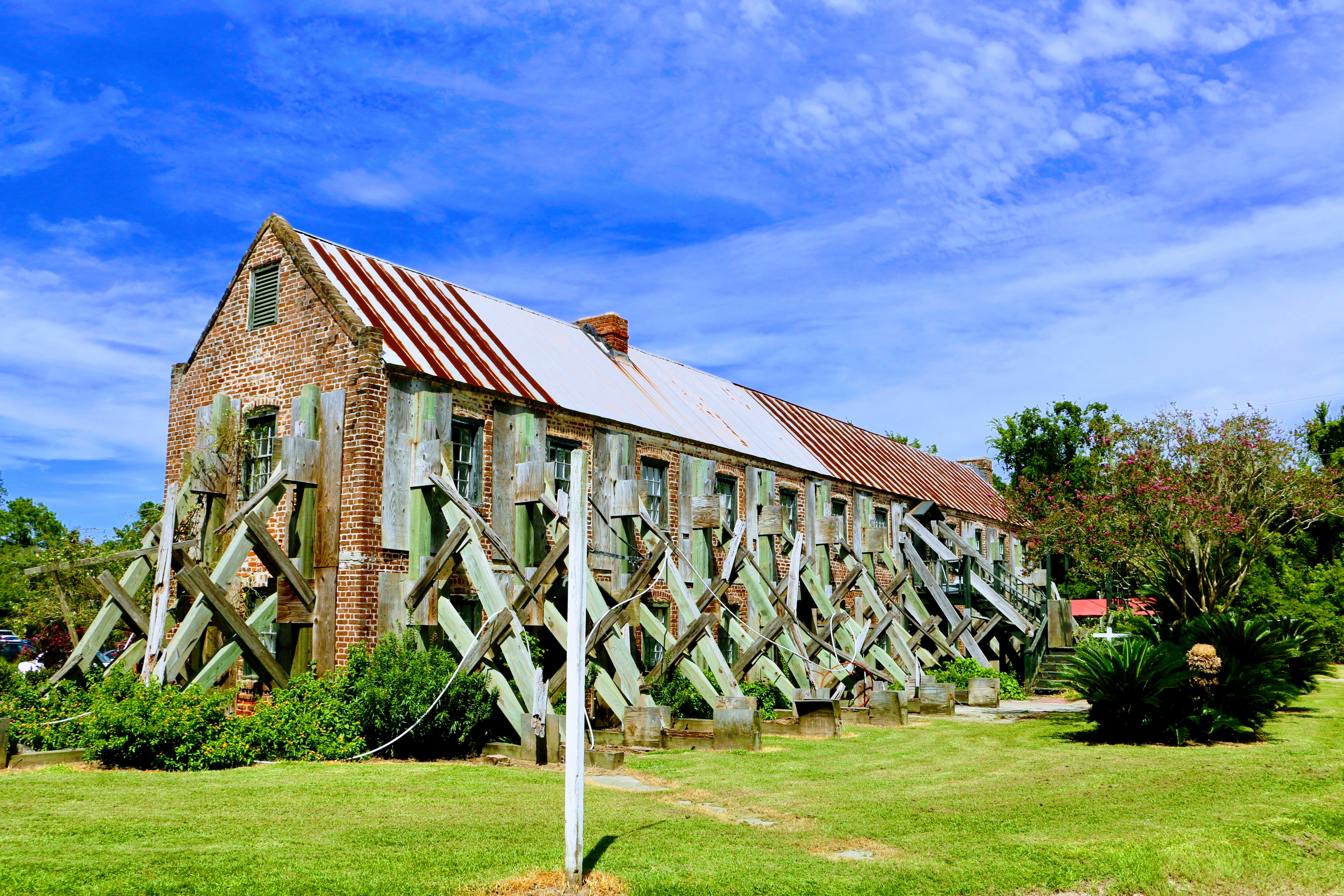
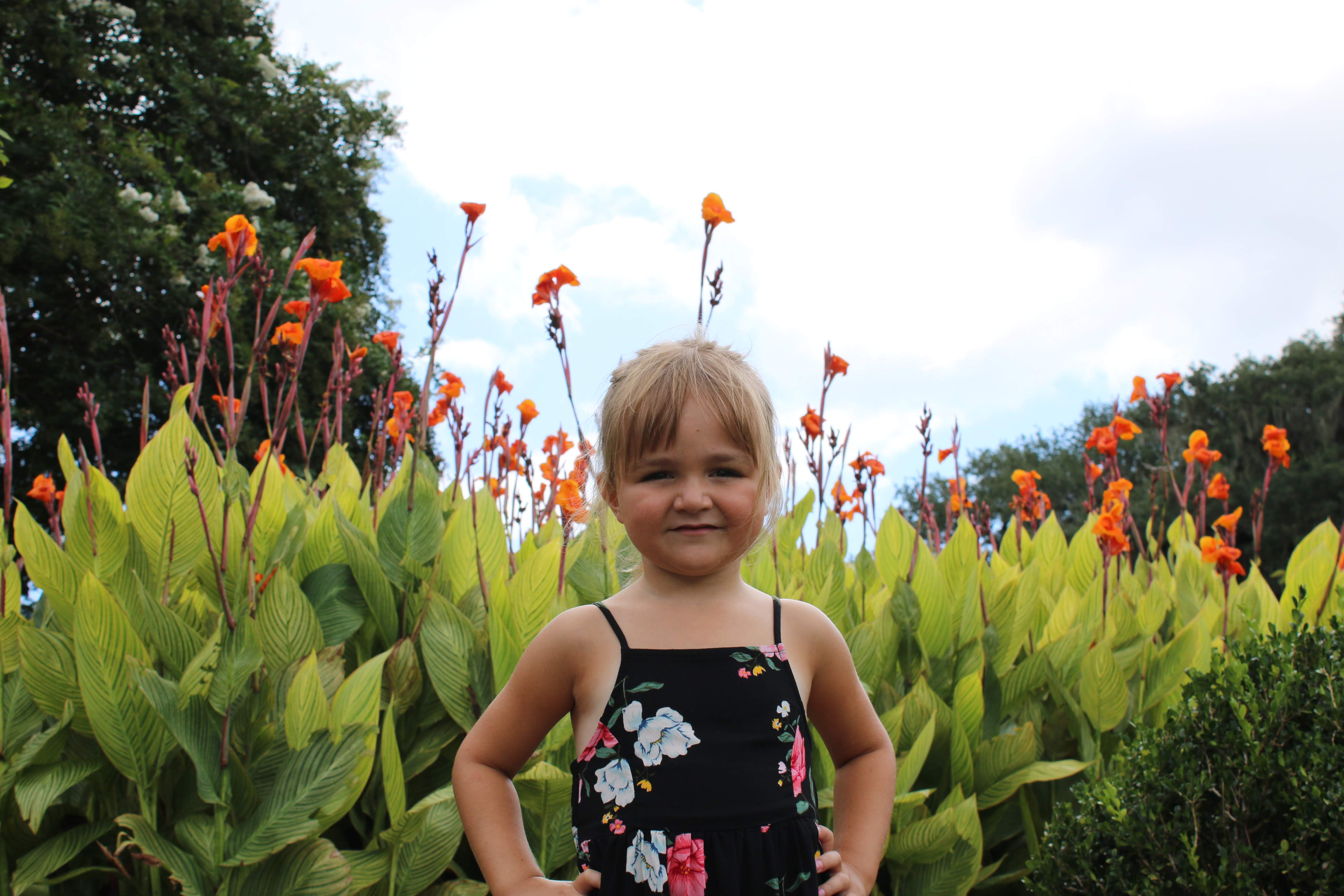
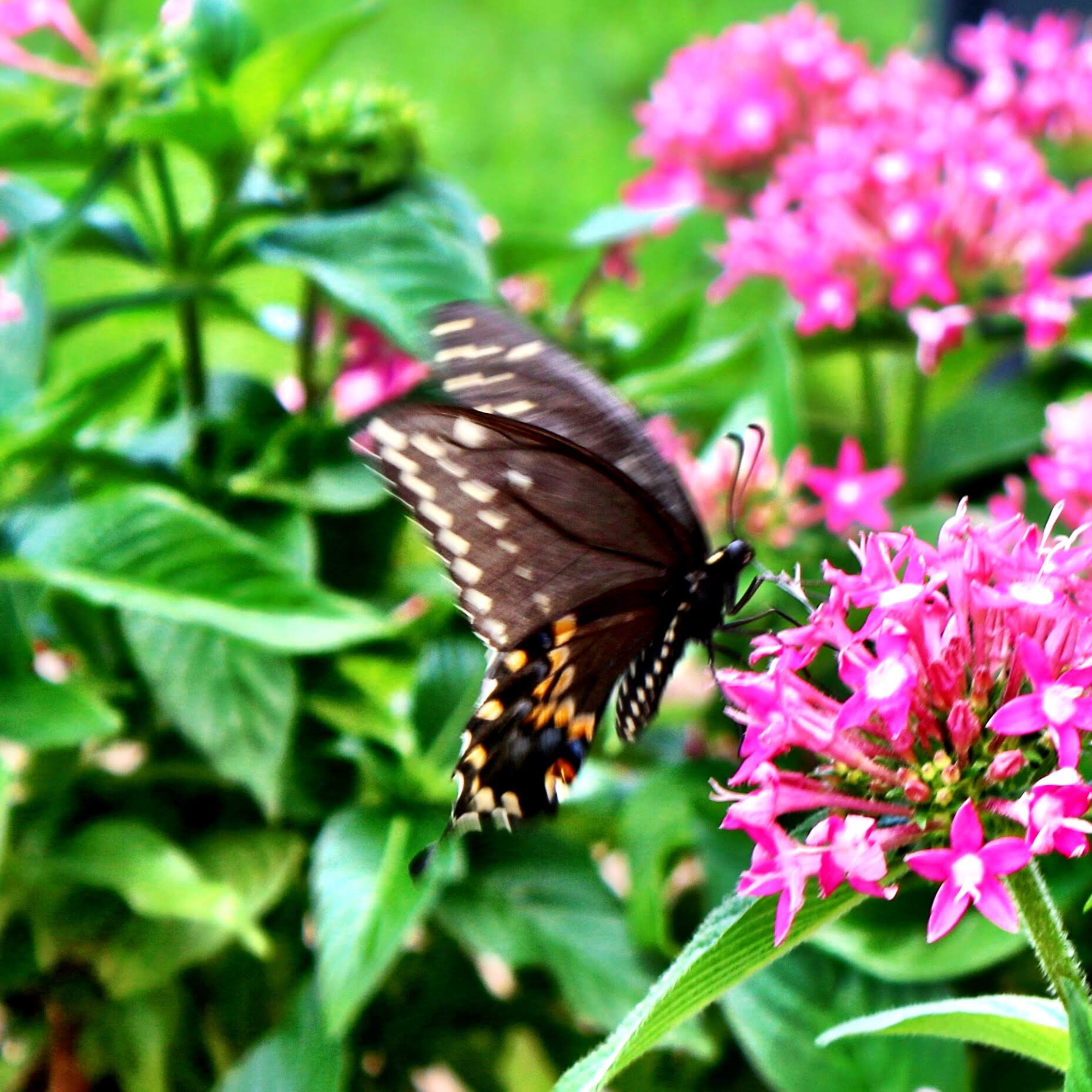
Gullah Culture Show
The show
The Gullah Culture show reveals the mysteries of the Gullah or Geechee people, descendants of West African slaves that toiled on Lowcountry rice plantations in South Carolina and Georgia. Because they were isolated on the South Carolina Sea Islands for generations after the Civil War, the Gullah retained much of their culture and language– far more than any other group of African Americans. The Gullah dialect, an English-based Creole language with a strong African influence, is incomprehensible to most Americans.
The Gullah Culture show is a must to understand the culture of the people that inhabited & worked the land at Boone Hall Plantation while providing you insights into their culture that lives on today. It is believed that the sweetgrass baskets, woven from grasses into elegant flowers, bowls, and more, started at Boone Hall Plantation.
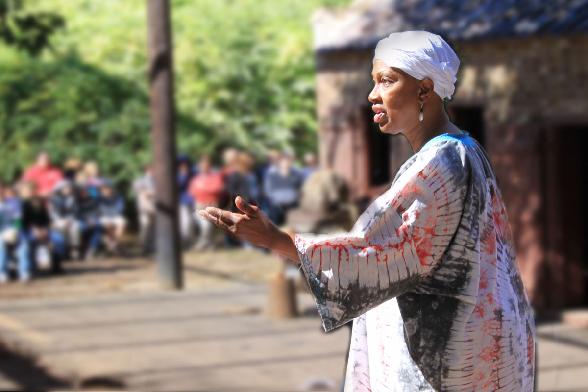
Slave Quarters
On the plantation grounds stands 9 historic slave quarters, each of which educates visitors on slave life on Boone Hall Plantation and the slave’s journey/battle for freedom.
It was common for owners to display their slave cabins in the front of the property as a sign of wealth. Built of brick, the one-story structures are 12 feet by 30 feet with gabled roofs, have either plank or dirt floors and a simple fireplace with a brick hearth and no mantle at the rear of each house. The cabins were in use well into the 20th century, as they were occupied by sharecroppers through the 1940s.
You can find more information on the slave quarters & the slaves of Boone Hall Plantation here .
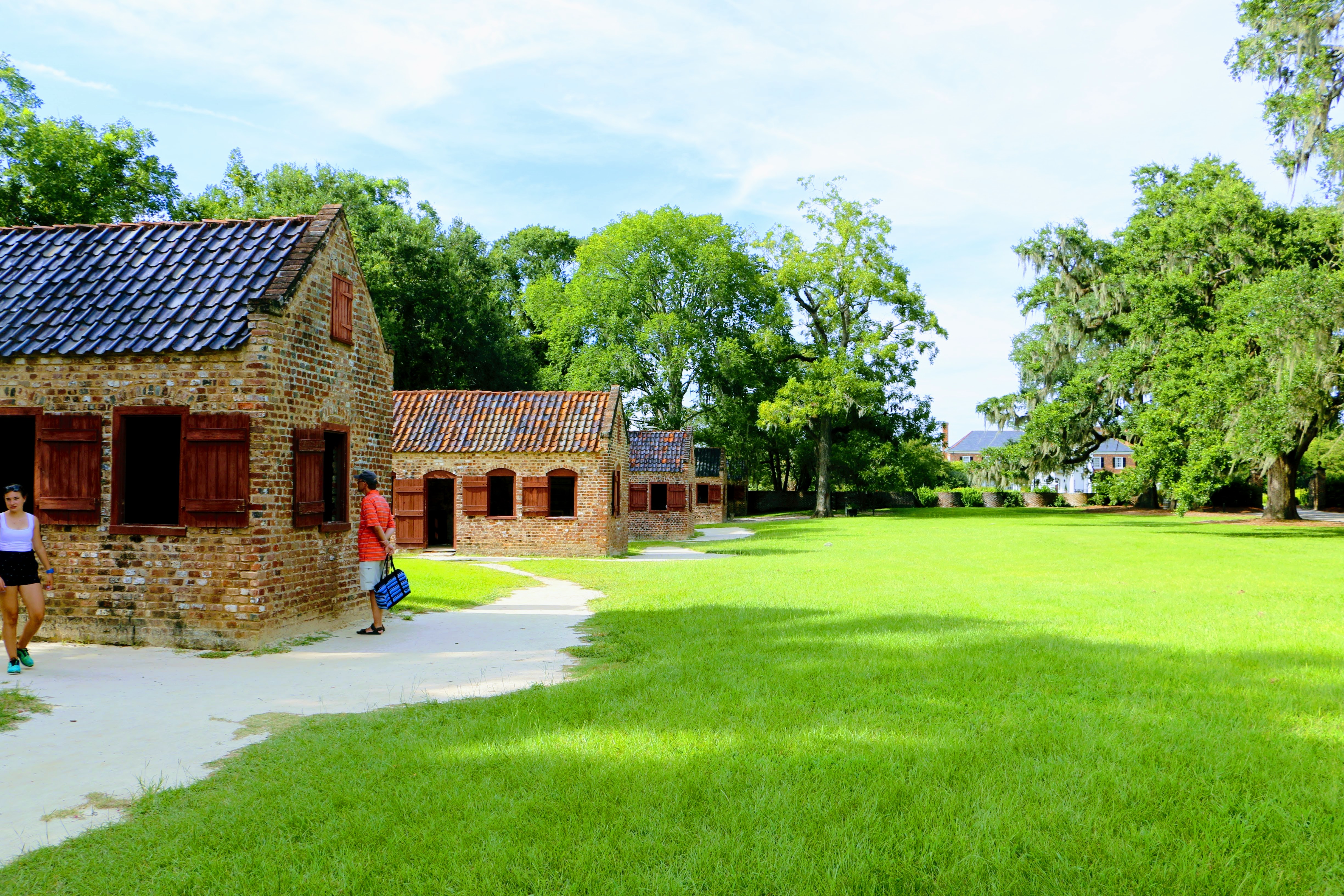
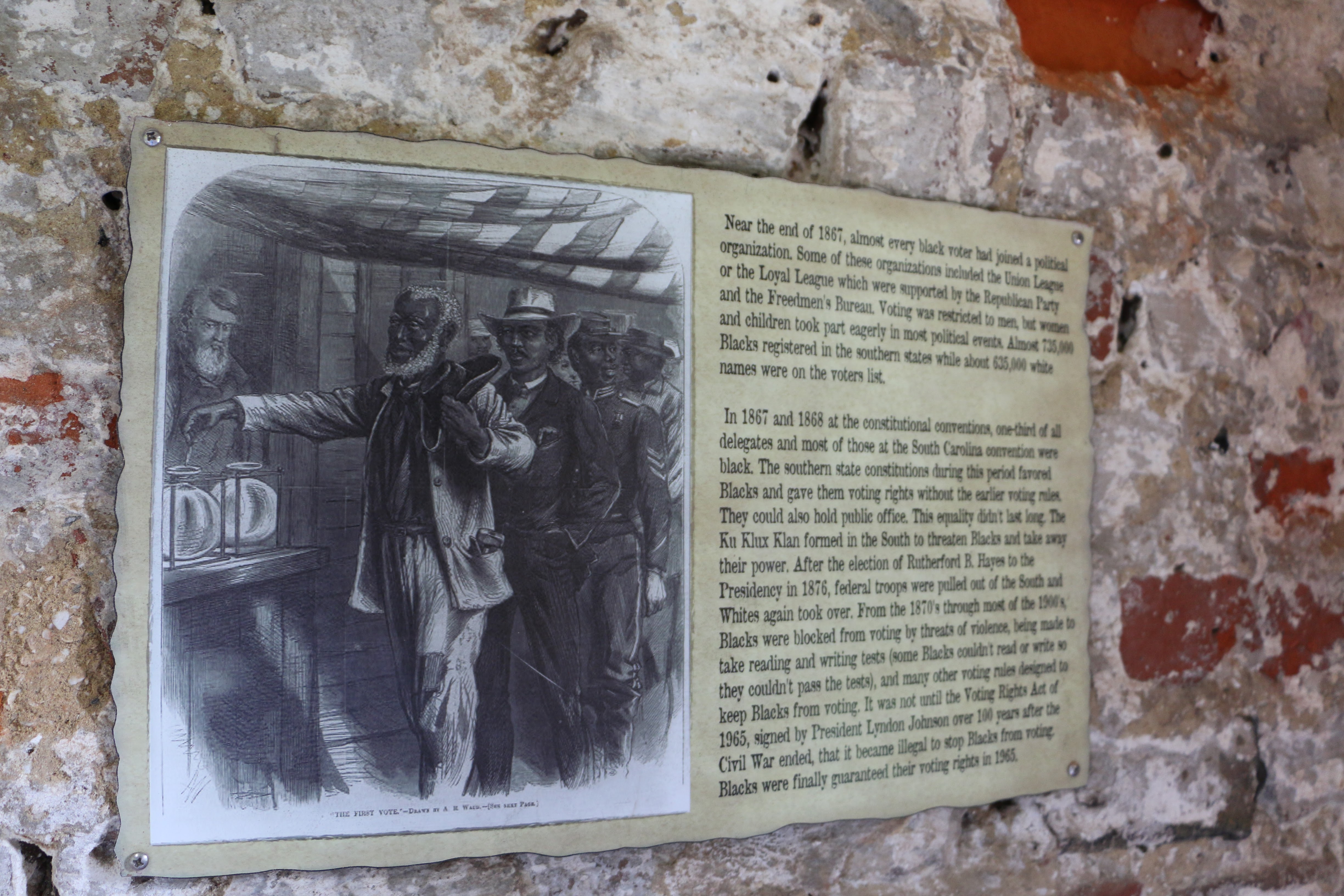
Boat House
Down by the tidal waters lies the historic boathouse. Utilized to ship the crops from indigo to cotton to bricks to pecans, the boathouse was used to load the boats for export. Today, the Boat House is most well
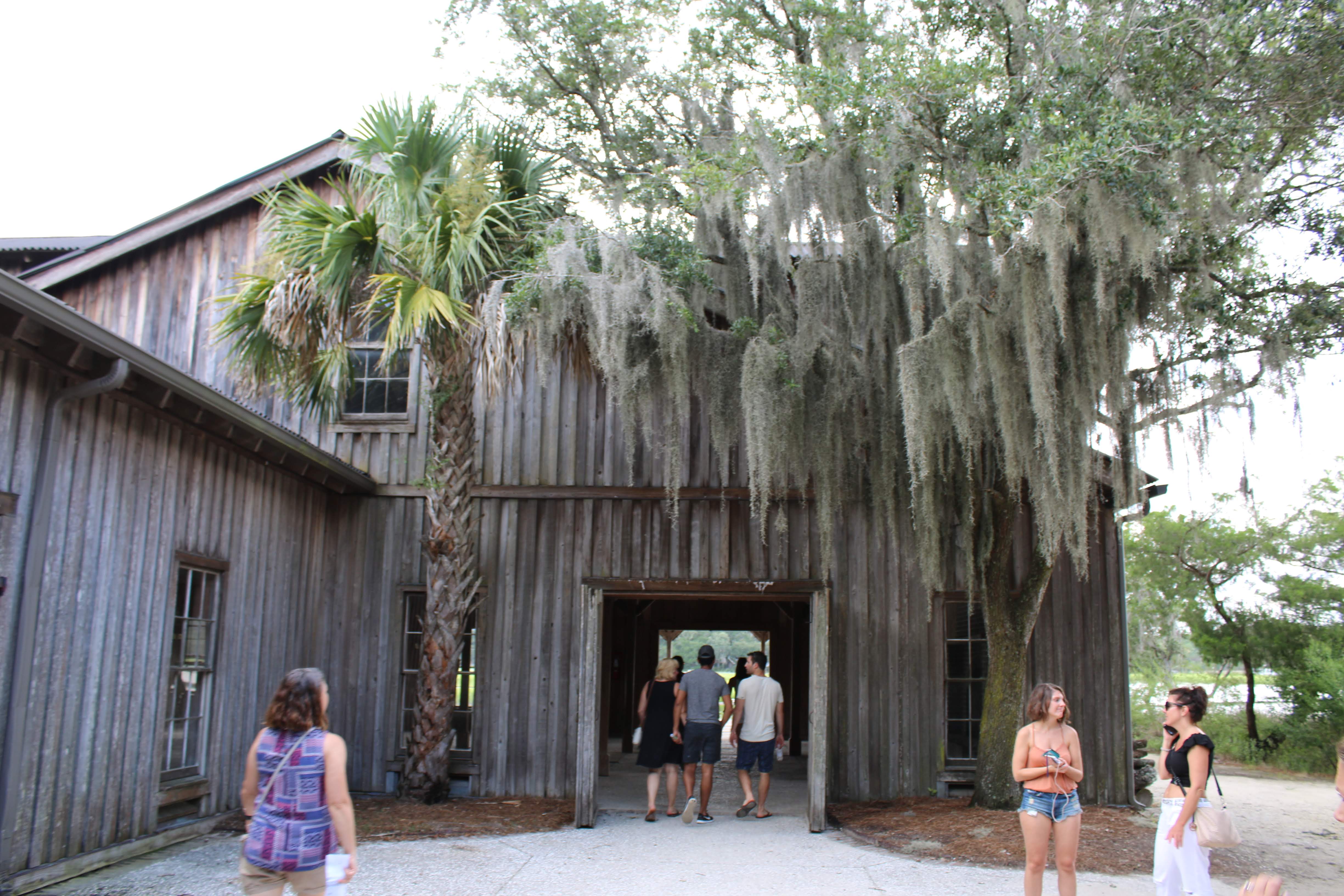
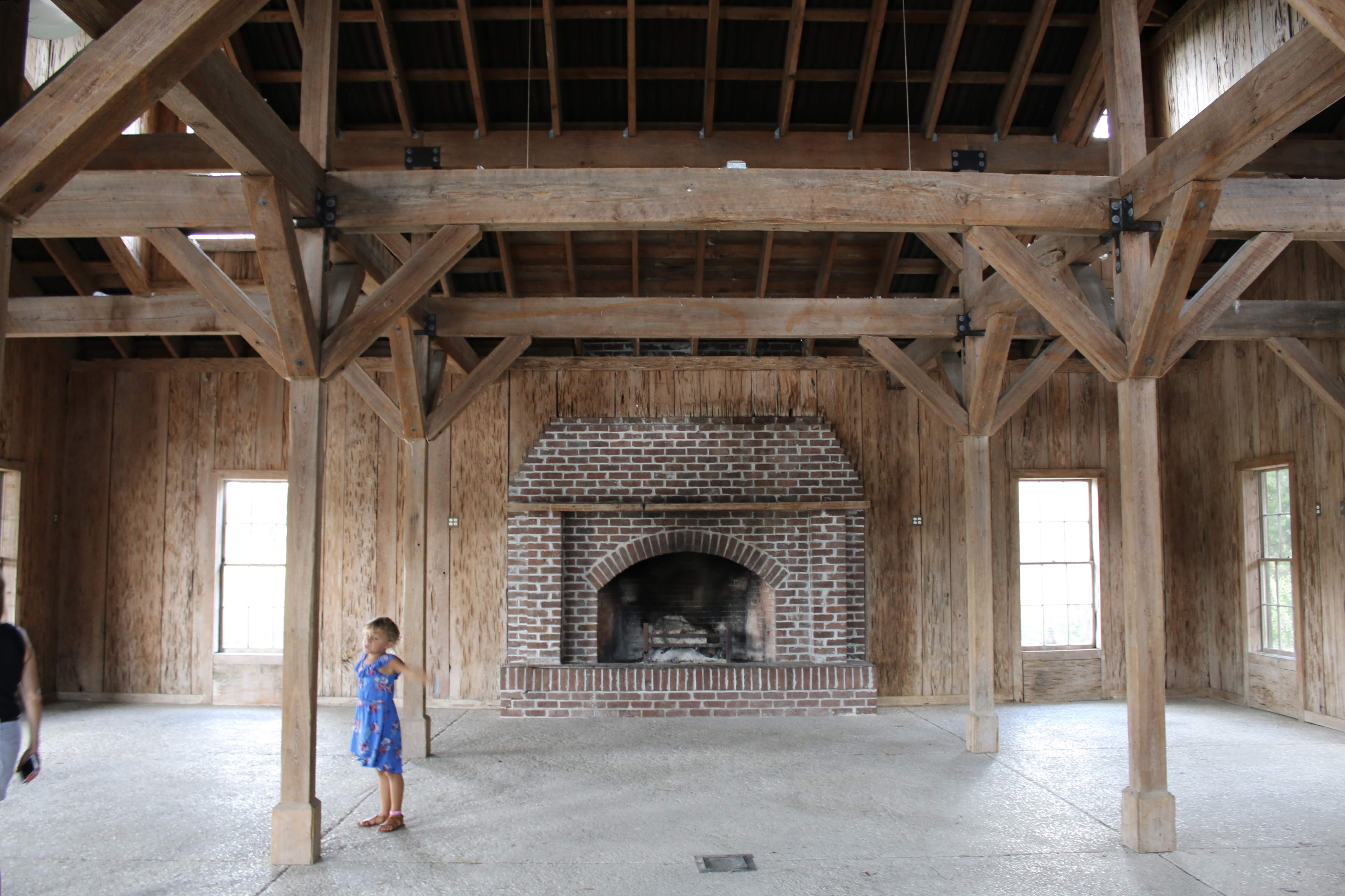
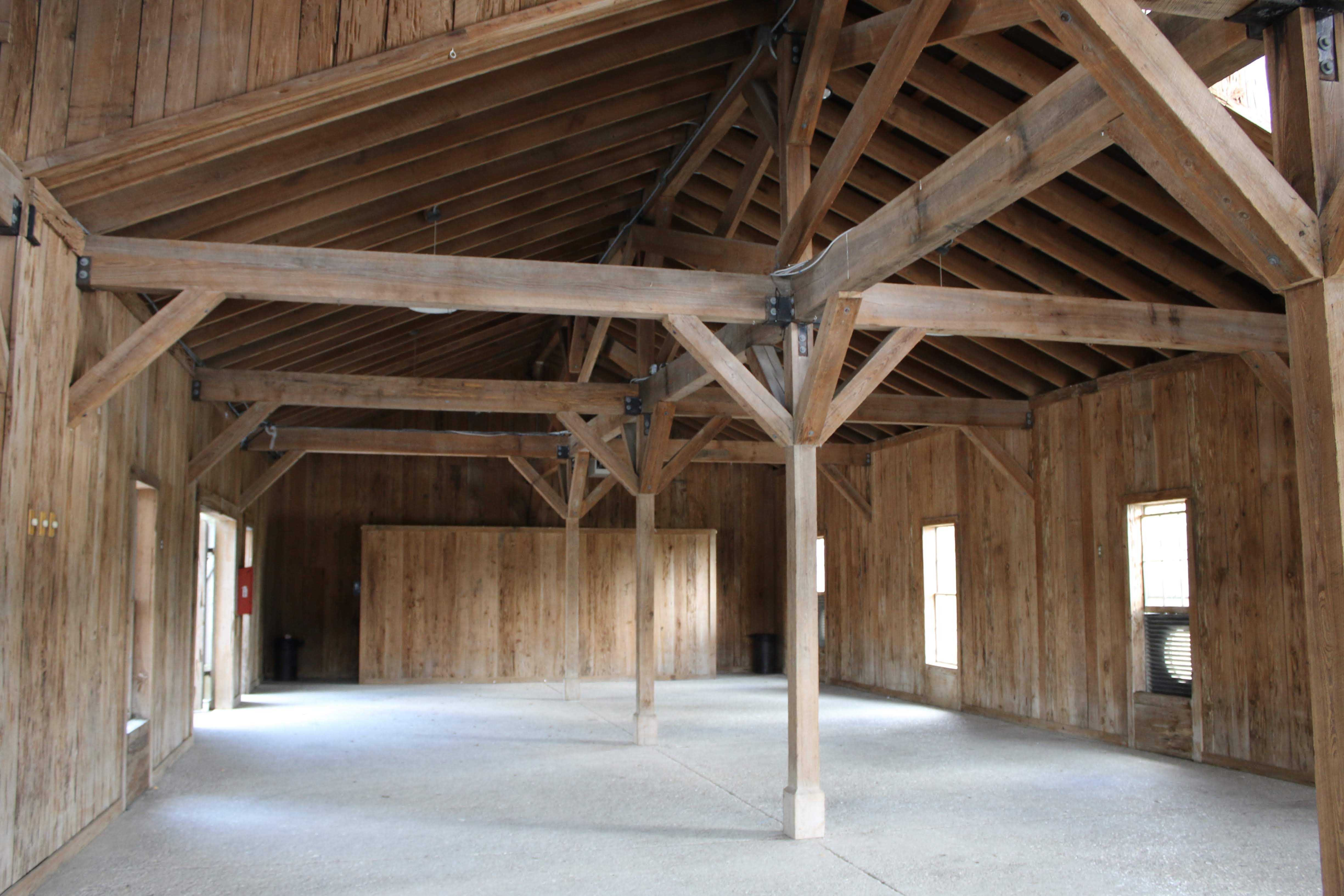
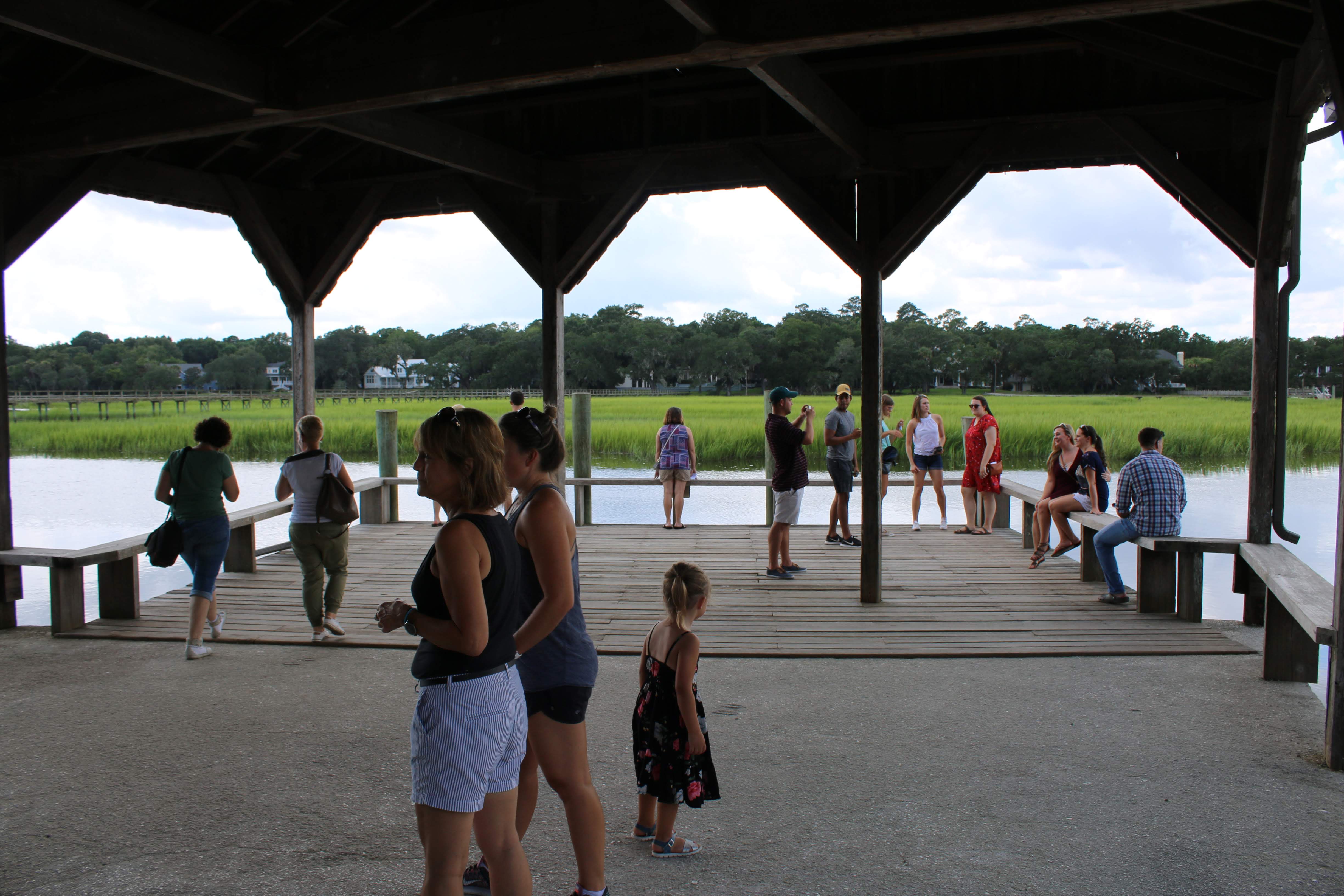
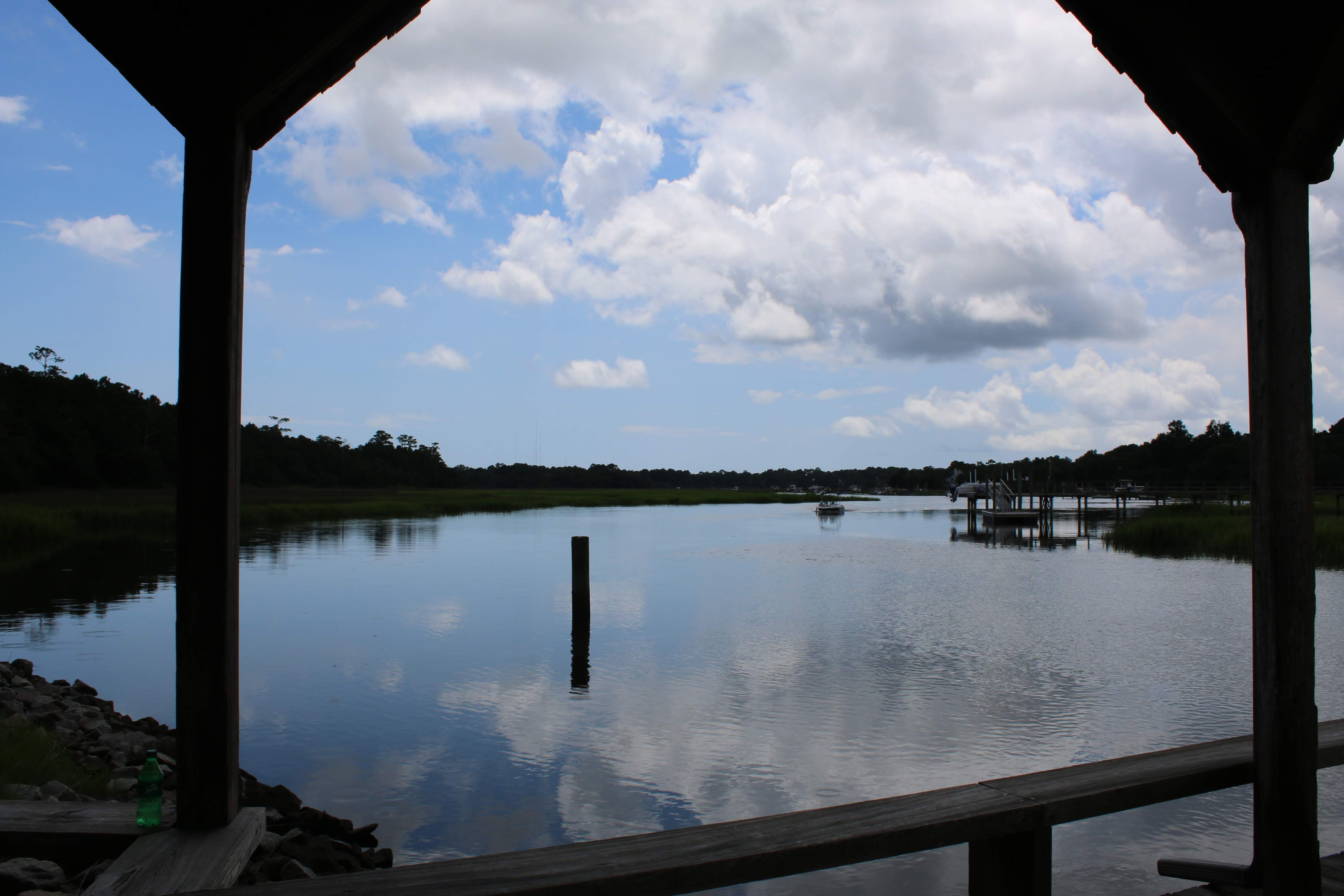
There is so much more than what we can write here, but we highly recommend you visit Boone Hall Plantation. God knows, we have been there about 6 times in the last 8 months! We cannot recommend it highly enough to locals and visitors alike! Please feel free to message us directly for more!!!
For more, head to www.boonehallplantation.com.
For the full history of Boone Hall Plantation, please visit https://south-carolina-plantations.com/charleston/boone-hall.html





We visited Boone-Hall for the first time two weeks ago. We will definitely go back. We arrived at 5:15 so didn’t get much time there. I taught high school American History so I absolutely loved the plantation. We are from Missouri but will make the trip to Charleston again soon. Thanks so much!